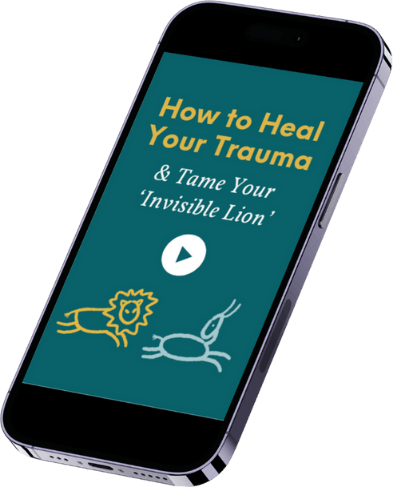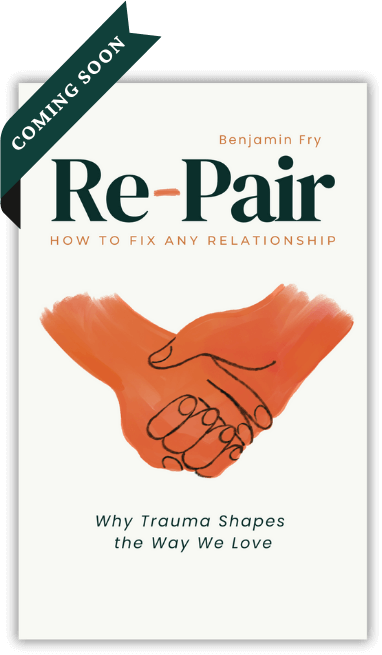Blog #21
In general, individuals who have not finished responding (see unfinished business) to an earlier threat in life are left with baggage in their nervous system. This either speeds them up or slows them down, leading to them over or under-reacting to new stimuli in life, which we sometimes call triggers if they lead to one of these out-of-scale reactions. Sometimes, however, we get it just right, and so we have three basic ways of reacting to a stimulus, or trigger. We can draw these three different ways of reacting as three different diagrams like below. The red squiggle represents your baggage, the green arrow is a trigger, and the red arrow is your output, or reaction.
Overreaction:

Under-reaction: (In this diagram, the box represents little to no reaction, where the energy is instead internalised.)

Just right, or Goldilocks reaction:

If we go with the idea that any one person can be represented by any one of these diagrams, then we can begin to build a picture of the kinds of relationships we have in life. These can be romantic relationships, or any type of relationship; family, friends, colleagues. We sometimes find that the dynamics discussed here are most noticeable or extreme in romantic relationships, so that’s a good focus to illustrate the points, but the analysis works for everyone.
If you have three kinds of people, then you can have six kinds of relationships.
Goldilocks with an Under-reaction
I want you to imagine the people represented in the diagram above standing next to each other. In this example we are going to take one just-right reacting person and place them next to an under-reacting person. Then I want you to imagine that you are going to turn them into an animated cartoon. What happens to those arrows? How would the cartoon develop over time? What would get bigger and what would get smaller?

I don’t think much would change. Whatever the person on the left puts into the situation, they get nothing back. It probably isn’t a very exciting relationship for either side. There is no drama or fuss, nothing is getting broken in the kitchen, but, equally, there is no connection.
It seems obvious that something has to pass from one side to another for there to be any kind of connection. When someone is shut down and they only show an under-reaction, it can be really hard to feel connected to them. So, where does this relationship go next? The person on the right is too frozen to move in either direction, right or left. Probably the well-regulated person initially moves towards them, seeking some kind of response or interaction, but the black box will not let anything out, so, in the end, if this continues, the person on the left probably just drifts away.
When this happens in a family or romantic relationship, it is usually a long, drawn-out dying of something that was once there. With no glue between these two people anymore, the relationship evaporates. No fireworks. No defining moment when the relationship was over. It just drifted into no man’s land.
Does this remind you of anyone?
People report marriages like this. One side of the couple says that the other is uncommunicative. They might feel it as rejection, like they are not worth talking to. But it’s actually quite the opposite; this is a sign that nothing can be done or said because there is so much that needs to be done or said that the nervous system shuts down in overwhelm.
The passivity, the silence, the evasion can all be interpreted as a cry for help from inside the walls of that lonely black box.
And it is very lonely in there. You can see that above. There is nothing emerging to connect with anyone else. There is no tether to hold this person safely in place. This closed-down under-reacting person might easily end up alone, and, in part, this might be a relief, but they are left with their baggage and no one to help them with the process of healing it.
These kinds of relationships are often characterised by sadness, rather than the anger of more explosive ones. In the end, people just can’t reach each other, which is the opposite of what they need to recover. If only they could open up a bit without exploding. With the right tools of boundaries and containment, that becomes possible, and with people like this Goldilocks in their life they have a model to follow.
You can download this post in a handy 2-page PDF to print and share with friends, family, clients or colleagues. Follow this link to download now.
You can buy a copy of The Invisible Lion now on kindle or paperback from your local Amazon store. Just click here to buy now.






